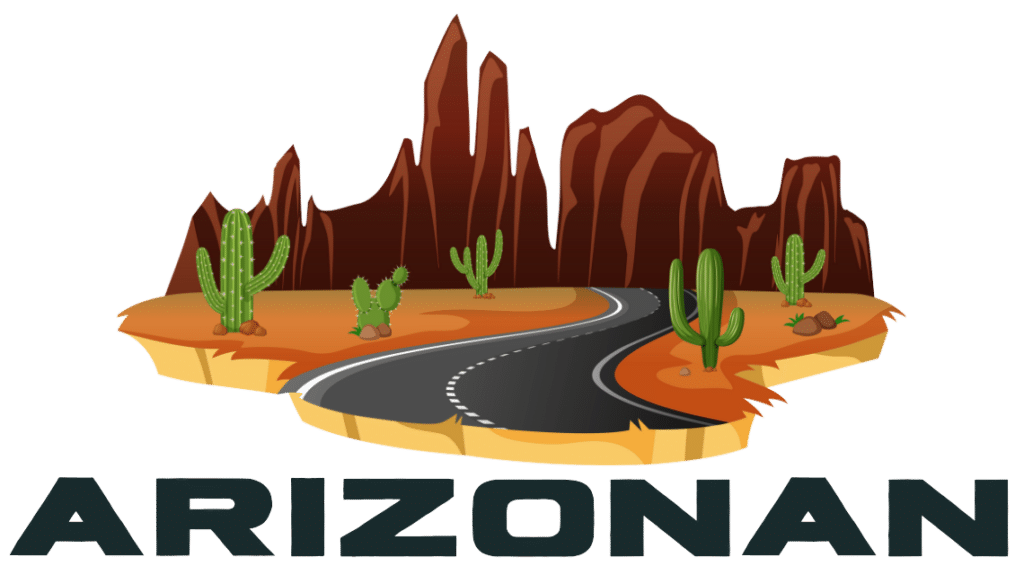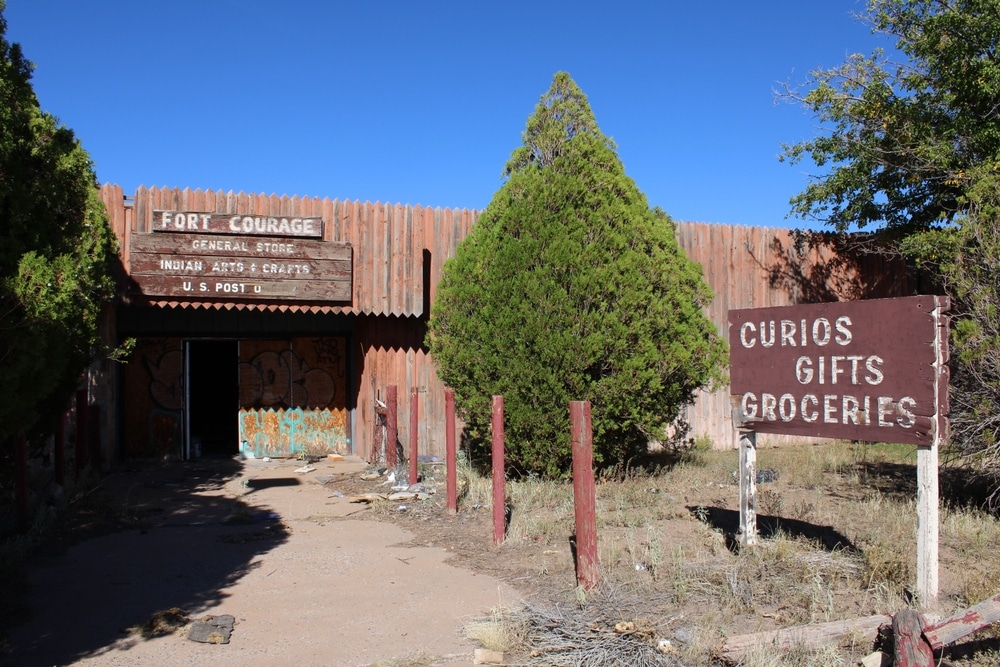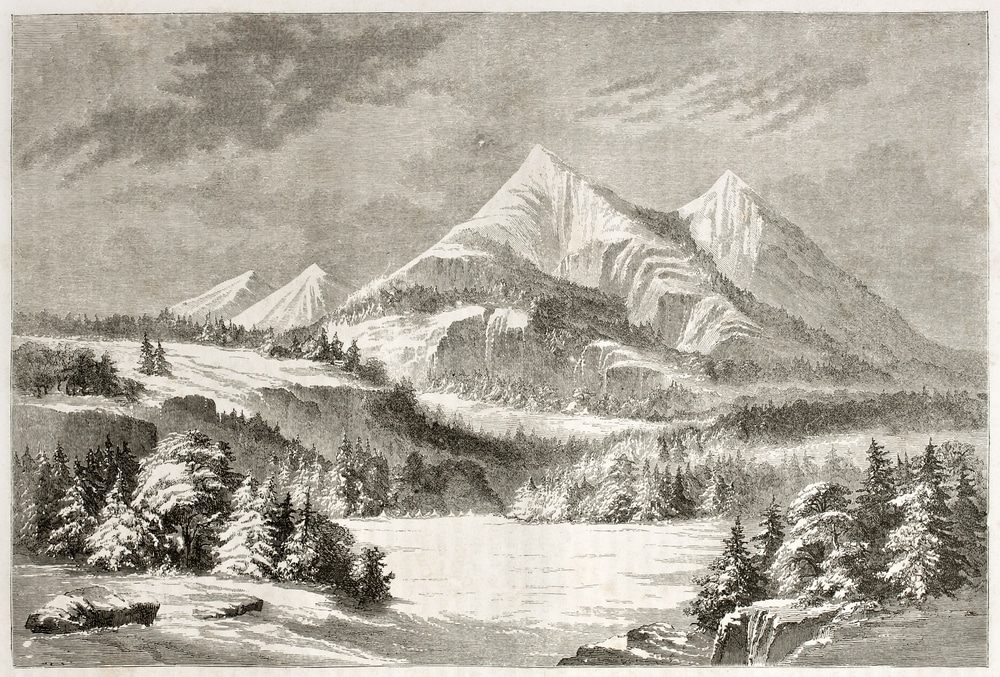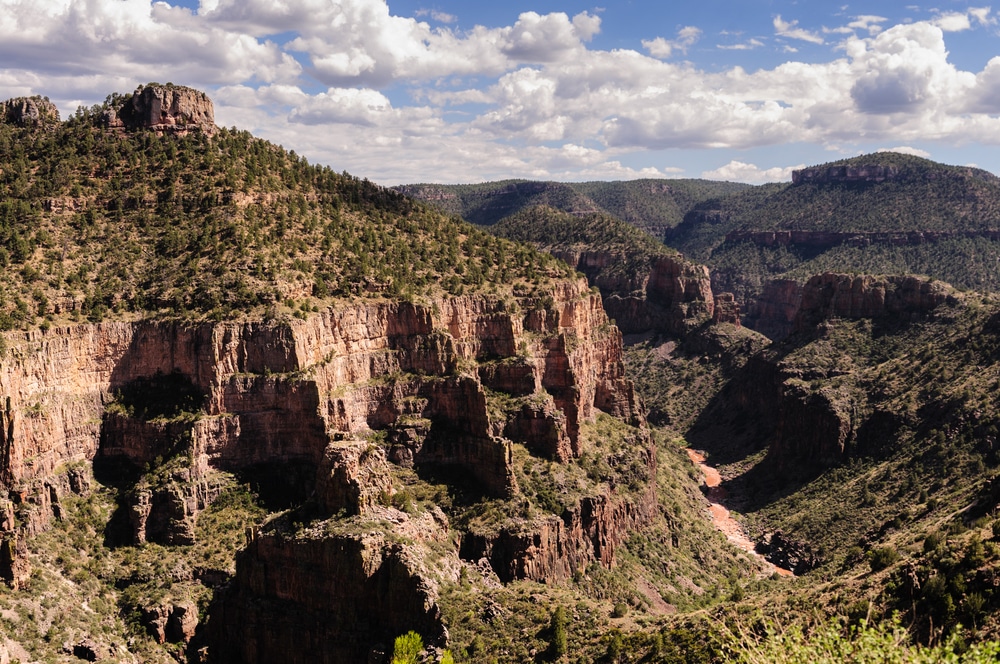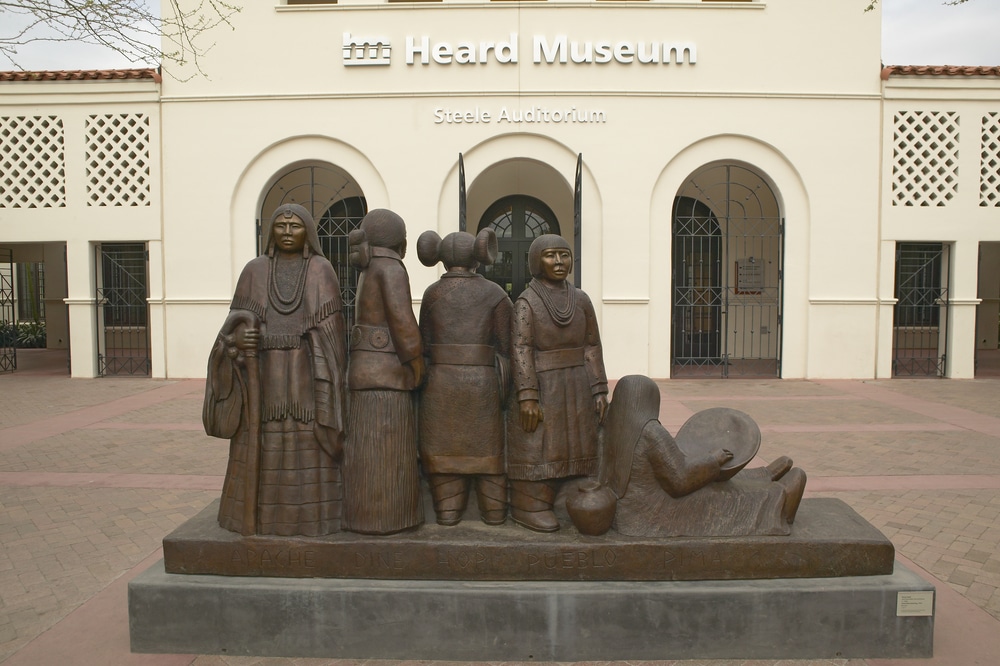On the morning of April 30, 1871, as the first light touched the peaks of the Santa Catalina Mountains, a force of 146 men—Tohono O’odham warriors, Mexican-Americans, and Anglo-Americans from Tucson—descended upon a peaceful Apache camp near the confluence of Aravaipa Creek and the San Pedro River. Within 30 minutes, they had killed between 100 and 144 Apache people, mostly women and children. The Camp Grant Massacre remains one of the most horrific events in Arizona’s territorial history, a tragedy whose echoes still reverberate through questions of justice, reconciliation, and remembrance in modern Arizona.
The Road to Tragedy
To understand the Camp Grant Massacre, we must first understand the complex web of relationships, fears, and misunderstandings that characterized Arizona Territory in 1871. The Apache people had lived in the region for centuries, their traditional territories spanning what would become Arizona, New Mexico, and northern Mexico. The Western Apache and Chiricahua Apache bands moved seasonally through the mountains and valleys, following game and gathering wild plants according to ancient patterns.
Rising Tensions
By the 1860s, increasing American settlement, mining operations, and military presence had disrupted these traditional ways of life. Conflicts arose as Apache bands raided settlements for supplies, often in retaliation for attacks on their own people or encroachments on their territory. The cycle of violence created an atmosphere of fear and hatred on all sides.
The Quest for Peace
In February 1871, a group of Aravaipa and Pinal Apache people, led by Chief Eskiminzin (also known as Hashkee-bay-nay-ntayl), approached Camp Grant, a U.S. Army post located about 60 miles northeast of Tucson. Exhausted by years of conflict and facing starvation, they sought peace and protection. Lieutenant Royal Whitman, the post commander, exceeded his authority by allowing them to settle near the fort, providing them with rations and establishing what he hoped would be a peaceful Apache reservation.
“I had come to feel respect for men who, ignorant and naked, were yet ashamed to lie or steal,” Lieutenant Whitman later wrote of the Apache people under his protection, “and for women who would work like slaves to clothe themselves and children, but, untaught, held their virtue above price.”
A Brief Peace
The Apache camp grew to nearly 500 people who surrendered their weapons, planted crops along Aravaipa Creek, and began to build a peaceful life. They gathered agave, made tiswin (a traditional fermented beverage), and traded goods with the soldiers. For a brief moment, it seemed that peace might be possible.
The Politics of Fear
However, not everyone supported Whitman’s peace initiative. In Tucson, the territorial capital, fear and resentment ran deep. The town’s Anglo-American business leaders, Mexican-American residents who had suffered generations of Apache raids, and Tohono O’odham people who had long been enemies of the Apache formed an unlikely alliance. They viewed Whitman’s arrangement with suspicion, believing the Camp Grant Apache were using the sanctuary as a base for raids.
The Tucson Ring
William Oury, a prominent Tucson citizen and former mayor, became the primary organizer of opposition to the Camp Grant arrangement. Along with Jesus Maria Elias, a member of a prominent Mexican-American family, and Francisco, a Tohono O’odham leader, they began planning what they called a “punishment expedition.”
The Tucson Ring, as the alliance came to be known, represented the complex racial and political dynamics of territorial Arizona. Anglo-Americans sought to protect their economic interests, Mexican-Americans remembered generations of conflict with Apache bands, and the Tohono O’odham saw an opportunity to strike at traditional enemies. The planned attack also served the interests of those who profited from military contracts and the continued presence of troops in the territory.
The Morning of Horror
In the predawn darkness of April 30, 1871, the vigilante force surrounded the sleeping Apache camp. Most of the Apache men were away hunting, leaving the camp populated primarily by women, children, and elderly people. The attackers struck with clubs, knives, and guns, showing no mercy.
The Attack
“The attack was so swift and fierce that within a half hour the whole work was ended and not an adult Indian left to tell the tale,” reported the Arizona Citizen newspaper, which supported the massacre. The attackers burned the Apache wickiups (dwellings) and took 29 children captive, later selling them into slavery in Sonora, Mexico, or distributing them as servants to Tucson families.
The Aftermath
Lieutenant Whitman, five miles away at Camp Grant, learned of the attack when Apache survivors began arriving at the post. He immediately dispatched the post surgeon and a burial detail to the scene. Dr. Conant Brierly’s official report described a scene of unimaginable horror: “The bodies were all stripped and mutilated… of the whole number killed and missing, about one hundred and twenty-five, eight only were men, the remainder women and children.”
The Aftermath and Trial
The massacre shocked even a frontier accustomed to violence. President Ulysses S. Grant, informed of the atrocity, threatened to place Arizona under martial law if the perpetrators were not brought to justice. Under federal pressure, 104 participants were indicted for murder, leading to one of the most significant trials in territorial history.
The Trial
The trial, held in December 1871, exposed the deep divisions within Arizona society. Defense attorney Granville Oury (William’s brother) argued that the defendants were protecting their community from Apache depredations. The prosecution, led by U.S. District Attorney C.W.C. Rowell, presented evidence of the peaceful nature of the Camp Grant Apache and the premeditated nature of the attack.
After deliberating for just 19 minutes, the jury acquitted all defendants. The verdict reflected the prevailing attitudes of many territorial residents who viewed the Apache as enemies regardless of their peaceful intentions. As historian Karl Jacoby notes in his book “Shadows at Dawn,” the trial “revealed the ways in which the violence of the frontier had become normalized, even celebrated, in territorial Arizona.”
Voices of Survival
Among the most powerful testimonies about the massacre comes from Chief Eskiminzin himself, who lost two wives and five children in the attack. Years later, he told an interviewer: “I no longer want to live; my women and children have been killed before my face, and I have been unable to defend them. Most Indians in my place would take a knife and cut his throat, but I will live to show these people that all they have done, and all they can do, shall not make me break faith with you so long as you will stand by us and defend us.”
Apache Oral Tradition
The Apache oral tradition has preserved accounts of the massacre that emphasize both the horror of that morning and the resilience of the survivors. These stories, passed down through generations, speak of families torn apart, children who never returned, and the struggle to maintain Apache identity in the face of attempted annihilation.
The Long Shadow
The Camp Grant Massacre had profound and lasting consequences for Arizona Territory. It effectively ended President Grant’s peace policy in Arizona and led to increased military action against Apache bands. The massacre also contributed to the eventual confinement of Apache people to reservations, fundamentally altering their traditional way of life.
Complex Legacies
For the Tohono O’odham participants, the massacre represented both a military victory over traditional enemies and a complicated alliance with American settlers that would have its own difficult legacy. The Mexican-American participants found that their role in the massacre did not necessarily translate into greater acceptance or political power in the increasingly Anglo-dominated territory.
Policy Failures
The tragedy also highlighted the failure of federal Indian policy and the inability of military authorities to protect Native peoples who sought peace. Lieutenant Whitman, devastated by the massacre and criticized by both military superiors and Tucson citizens, was eventually court-martialed on trumped-up charges, though later acquitted.
Modern Remembrance and Reconciliation
Today, the site of the Camp Grant Massacre is located on private and state trust land near the San Pedro River, approximately 20 miles north of the current town of Mammoth, Arizona. While there is no formal memorial at the exact site, efforts to commemorate the tragedy and promote understanding continue.
Apache Preservation Efforts
The Western Apache people, including descendants of massacre survivors, have worked to preserve the memory of Camp Grant while building bridges of understanding. The San Carlos Apache Tribe and the White Mountain Apache Tribe maintain cultural centers that include information about this tragic period in their history.
Collaborative Remembrance
In recent years, there have been collaborative efforts between Apache descendants, historians, and local communities to ensure the massacre is remembered accurately and respectfully. These initiatives include educational programs, documentary films, and scholarly research that presents multiple perspectives on the tragedy.
Visit the History
Cultural Centers and Museums
📍 San Carlos Apache Cultural Center
- Address: US Highway 70, Milepost 272, Peridot, AZ 85542
- 📞 Phone: (928) 475-2894
- 🌐 Website: sancarlosapache.com
- 🕒 Hours: Monday-Friday, 8 AM – 5 PM
- 💰 Admission: $3 adults, $1.50 seniors, free for children under 12
- ♿ Accessibility: Fully accessible facilities
📍 Amerind Museum
- Address: 2100 N Amerind Rd, Dragoon, AZ 85609
- 📞 Phone: (520) 586-3666
- 🌐 Website: amerind.org
- 🕒 Hours: Tuesday-Saturday, 10 AM – 4 PM; Sunday 12 PM – 4 PM
- 💰 Admission: $10 adults, $8 seniors/students, $5 children 10-17
- ♿ Accessibility: Wheelchair accessible galleries and restrooms
📍 Fort Grant (former Camp Grant)
- Note: Now part of Arizona State Prison Complex
- The original Camp Grant site is not accessible to the public, but interpretive information is available at regional museums.
📍 Arizona History Museum
- Address: 949 E 2nd St, Tucson, AZ 85719
- 📞 Phone: (520) 628-5774
- 🌐 Website: arizonahistoricalsociety.org
- 🕒 Hours: Tuesday-Saturday, 10 AM – 4 PM
- 💰 Admission: $8 adults, $6 seniors/students, free for children under 16
- ♿ Accessibility: Fully accessible with elevator access to all floors
Educational Resources
For those seeking to learn more about the Camp Grant Massacre and its historical context, several excellent resources are available:
Recommended Reading and Media
📚 Essential Resources:
- Karl Jacoby’s “Shadows at Dawn: A Borderlands Massacre and the Violence of History” provides the most comprehensive modern account of the tragedy
- The documentary film “Apache 8” explores both historical and contemporary Apache experiences
- Local historical societies, including the Arizona Historical Society in Tucson, maintain archives with primary documents related to the massacre
Research Collections
The University of Arizona’s Special Collections houses the papers of several individuals connected to the events, including military records and contemporary newspaper accounts. These materials are available to researchers and provide invaluable insights into the period.
Commemorative Events
Annual commemorative events, often held in April, bring together Apache descendants, historians, and community members to remember the victims and discuss the massacre’s continuing relevance. These gatherings, while emotionally difficult, serve as important opportunities for education and healing.
Conclusion
The Camp Grant Massacre stands as a stark reminder of the violence that characterized much of Arizona’s territorial period and the devastating impact of cultural misunderstanding, racial hatred, and political opportunism. Yet it also demonstrates the resilience of the Apache people and the possibility, however difficult, of confronting historical injustices.
As we visit the museums, read the accounts, and walk the lands where these events occurred, we must remember that this is not merely history—it is a living memory for Apache people and a crucial chapter in understanding how Arizona became what it is today. The massacre challenges us to confront uncomfortable truths about our past while working toward a more just and inclusive future.
In the words of Chief Eskiminzin, speaking years after the massacre: “The sun is the same that shone on my people for generations. The mountains stand where they have always stood. But the world has changed, and we must find new ways to live in it while remembering who we are.” His words remind us that while we cannot change the past, we can honor those who suffered by ensuring their stories are told truthfully and their descendants are treated with the dignity denied to their ancestors on that terrible morning in 1871.
